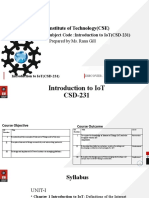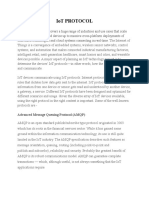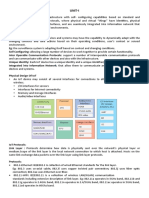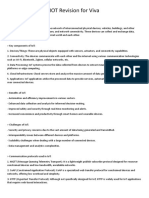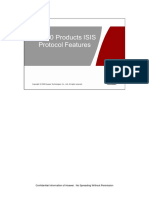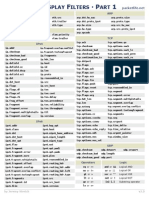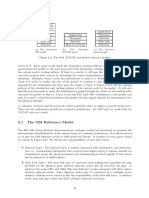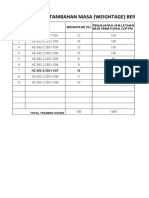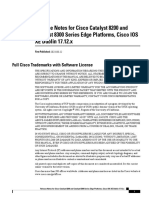0% found this document useful (0 votes)
20 views4 pagesModule 2 - IoT Access Technologies and Protocols
Module 2 covers various IoT access technologies and protocols, including RFID, NFC, Zigbee, Wi-Fi HaLow, and LoRaWAN, highlighting their operational mechanisms and applications. It also discusses network layers, focusing on IPv4, IPv6, constrained nodes, and the 6LoWPAN protocol for efficient communication in low-power networks. Additionally, the module outlines application layer protocols like CoAP, MQTT, STOMP, and AMQP, comparing their features and suitability for different IoT scenarios.
Uploaded by
rockstar060101Copyright
© © All Rights Reserved
We take content rights seriously. If you suspect this is your content, claim it here.
Available Formats
Download as PDF, TXT or read online on Scribd
0% found this document useful (0 votes)
20 views4 pagesModule 2 - IoT Access Technologies and Protocols
Module 2 covers various IoT access technologies and protocols, including RFID, NFC, Zigbee, Wi-Fi HaLow, and LoRaWAN, highlighting their operational mechanisms and applications. It also discusses network layers, focusing on IPv4, IPv6, constrained nodes, and the 6LoWPAN protocol for efficient communication in low-power networks. Additionally, the module outlines application layer protocols like CoAP, MQTT, STOMP, and AMQP, comparing their features and suitability for different IoT scenarios.
Uploaded by
rockstar060101Copyright
© © All Rights Reserved
We take content rights seriously. If you suspect this is your content, claim it here.
Available Formats
Download as PDF, TXT or read online on Scribd
/ 4



















